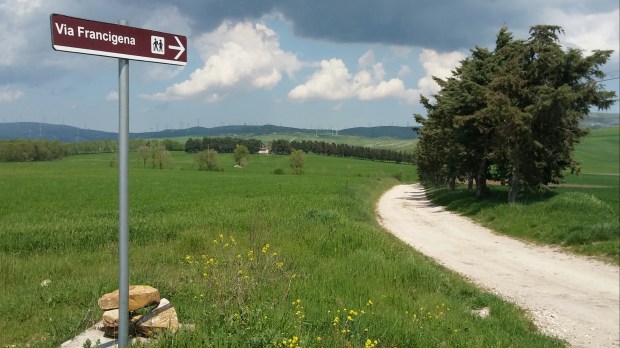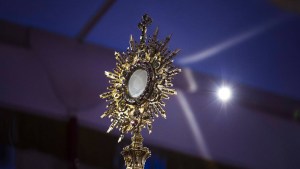Built on top of a volcanic cliff in rural Umbria, Orvieto is one of central Italy’s most charming hilltop towns. Its name derives from Latin urbs vetus (“old city”), referring to the early human settlements built here dating back to Paleolithic times.
The Christian history of the city officially started in the 11th century with the construction of San Giovenale Church (1004), built on a pre-existing paleo-Christian church that was built on the site of an even earlier Etruscan temple. Indeed, most buildings in Orvieto are built over pre-existing Etruscan sites. The city was actually constructed over an intricate system of Etruscan era cave tunnels dating back 2,500 years. Some historians believe that early Christians used some of these underground structures to celebrate Mass away from the public eye back when Christianity was forbidden.
During the 12th century the town signed an agreement with the pope and became part of the Vatican State, and Pope Urban IV (1195-1264) temporarily moved his residency to Orvieto.
It was during this time that one of the most significant events for the city’s Catholic history took place. In 1262 a German priest, Peter of Prague, was visiting the nearby city of Bolsena. As he started to celebrate Mass over the tomb of St. Christina he was faced with a daunting doubt. He was not sure that the Eucharist was actually the body of Christ. But just a few moments after he consecrated the host, Peter of Prague noticed drops of blood trickling from it. Not knowing how to react, he left Bolsena to visit Pope Urban IV in Orvieto and asked for advice. The pope ordered a fact-finding investigation, and later declared the bleeding host event as a miracle. He ordered the host and the blood-stained corporal to be brought to Orvieto and kept on display inside the Cathedral.
Every year locals celebrate the miracle with the annual Corpus Christi festival, held during the second Sunday after Pentecost. The “Corporal of Bolsena” is paraded through town in a colorful procession where local families display their centuries old coats of arms and even weapons that belonged to prominent Orvientans.
View the slideshow below to learn about what to see on a pilgrimage stopping in Orvieto:



